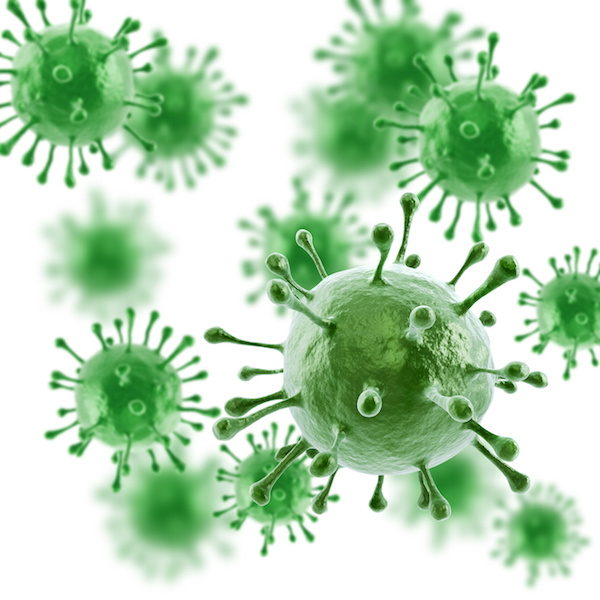
Scientists are now able to map oral bacteria
In dentistry, we often advise patients that brushing is important to “remove plaque and bacteria.” We use the refrain so often that patients come to believe oral bacteria is bad and will inevitably lead to cavities. We consistently remind patients to floss in order to “remove bacteria and food particles between teeth” and to use a mouthwash that will eliminate oral bacteria. We forget, however, that we’re referring only to bad bacteria and that there are a host of good bacteria also present in the mouth.
Weight loss medicine has determined that gut bacteria has much to do with food absorption and metabolism. As researchers continue to develop understanding of the microbiology of digestion, dental researchers too are beginning to learn more about the complex mix of oral bacteria and the complex ways certain bacteria interact to contribute to or detract from oral health.
A recent study by the Forsyth Institute and the Marine Biological Laboratory provides a detailed look at how different microbes in the mouth coexist. With fluorescence imaging to provide a visible guide and DNA sequencing to help determine different bacterial species, scientists were able to develop a high-resolution map of the bacteria in dental plaque. Never before have we been able to identify just how bacteria interact and how bacterial colonies grow, causing either disease or contributing to oral health.
Imaging bacterial colonies is a new science that will be used to study microbes in other parts of the body as well. On the teeth, the imagining revealed that bacteria in the mouth organize in specific patterns and form structures. Because of the shape the bacteria take, the structures are referred to as “hedgehogs.” Within the hedgehogs, it was determined that bacteria take on different roles depending on their placement within the community structure.
The fluorescence was important for determining the shapes these bacterial colonies take, but DNA sequencing was also important. Fluorescence alone didn’t help scientists determine which types of bacteria were present or how the different types interacted with one another. DNA sequencing allowed them to revel the kinds of bacteria that were living adjancent to one another and how they functioned together symbiotically. Finally, with those shapes and relationships sorted, scientists can begin to determine what it is, specifically, that these colonies are doing to contribute to or detract of a patient’s oral health overall.
We know, of course, that bacteria in abundance can contribute to the formation of plaque and lead to tooth decay and cavities. We don’t know, however, whether certain small amounts are ideal or if certain types of bacteria are beneficial while others are more harmful. Learning the function and outcome of these hedgehog colonies would allow dentists to target bacteria more specifically both during exams and with more targeted home care. Oral care products, for example, could be manufactured to encourage the protection of some bacteria while destroying other, harmful strains.
The study “Biogeography of a human oral microbiome at the micron scale” provides and important next step in these discoveries and charts a course for continued research into optimal oral health and a higher standard of care as a result. The Proceedings of the National Academy of Sciences (PNAS) will likely continue to publish research that explores this question related to oral bacterial colonies and their impact on oral health.
In the meantime, your at-home oral care regimen should remain the same: brush twice daily with a toothpaste that contains fluoride, floss daily, use mouthwash as needed, and support your teeth with a healthy diet. Avoid smoking, sugary snacks and drinks, and be sure not to skip your biannual prophylaxis. Additional supports for healthy teeth and gums include foods high in calcium (milk, cheese, and no-sugar-added yogurts), which may aid in remineralization of teeth after decay has occurred.
If you have questions about your oral health, the presence of oral bacteria, or the best course of treatment for your oral healthcare needs, the team at Artistic Touch Dentistry is available to answer your questions or to schedule your next cleaning. Contact us today to make your spring break and summer appointments on days that work best for your family’s busy schedule!
Reference:
Forsyth Institute. (2016, January 28). Scientists map mouth microbes. ScienceDaily. Retrieved February 4, 2016 from www.sciencedaily.com/releases/2016/01/160128133259.htm

